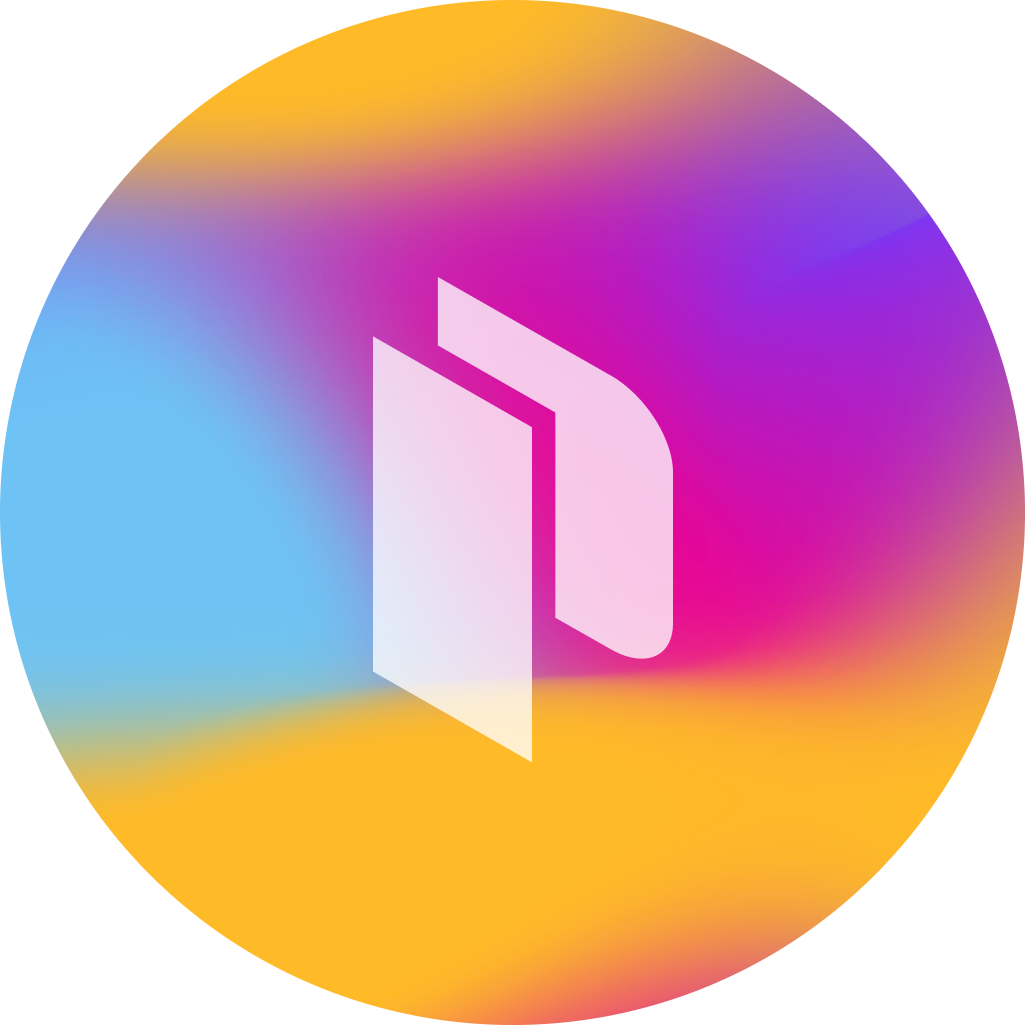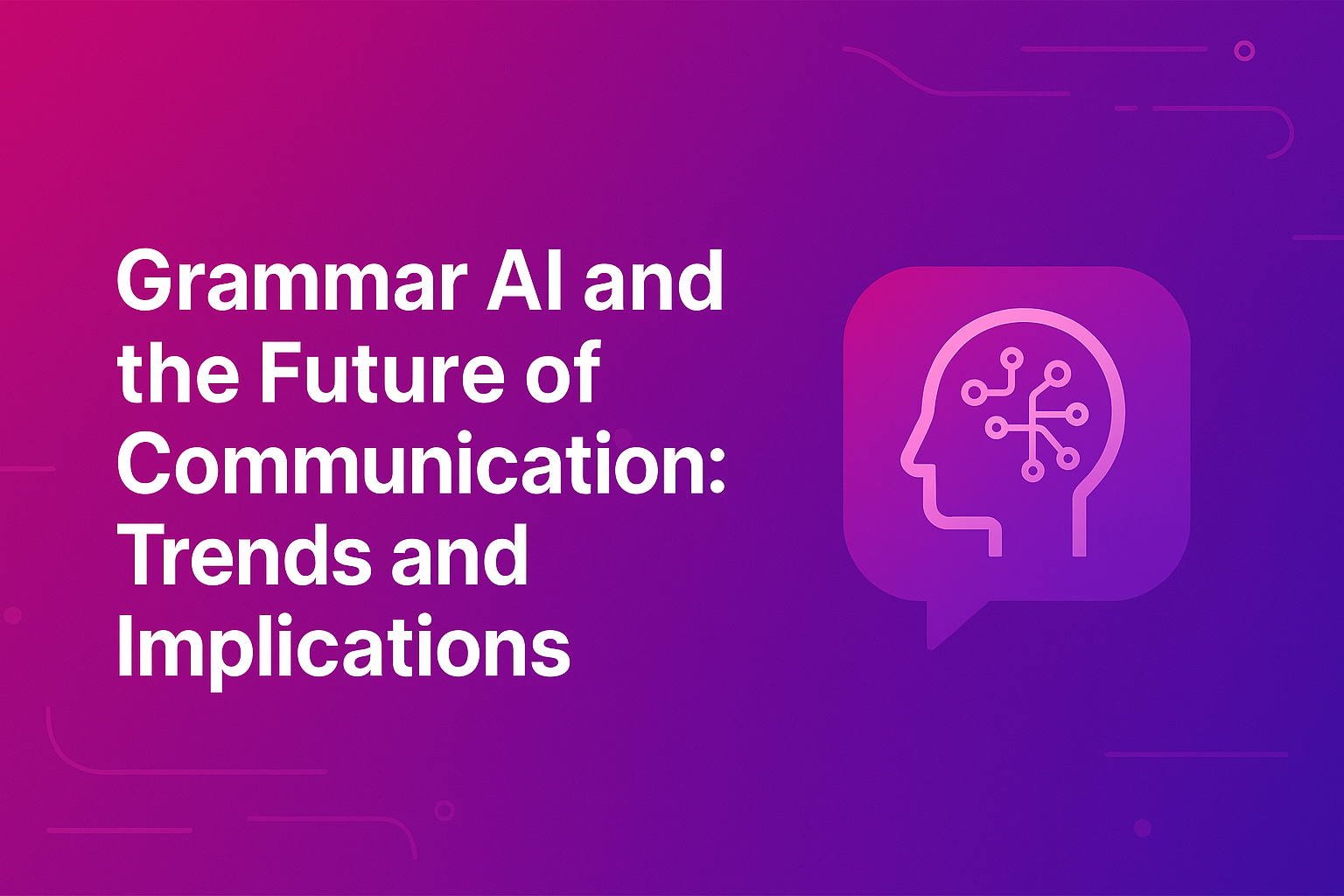
How to Cite Sources Like a Pro: A Comprehensive Guide
Master the art of citing sources with this comprehensive guide covering various citation styles, common mistakes to avoid, and best practices for academic and professional writing.
Read articleCheck your papers for plagiarism with our advanced AI tools


Imagine driving through a city with no traffic signs, no lane markings, and no signals. Cars would collide, pedestrians would scatter in fear, and chaos would reign. This is precisely what reading becomes without proper punctuation—a chaotic journey where meaning crashes into confusion at every turn.
Punctuation marks are the unsung heroes of written communication. They direct traffic, tell us when to pause, when to stop, when to pay special attention, and when to take a detour into additional information. They're the subtle yet critical infrastructure that transforms words from a random string of letters into meaningful communication.
Just as traffic signs guide drivers through the physical world, punctuation guides readers through the world of ideas. Let's explore this metaphor and see how different punctuation marks serve as the essential signals of your writing.
The humble period (.) is the most fundamental punctuation mark, equivalent to a stop sign in our traffic system. It signals a complete halt—the end of a thought. Like a well-placed stop sign at an intersection, a period gives readers time to process what they've just read before moving on to the next idea.
Without periods: Chaos ensues ideas collide readers get confused nothing makes sense everyone gets frustrated
With periods: Ideas flow logically. Readers understand your points. Communication becomes effective.
The period's power comes from its definitiveness. It says, "This thought is complete. Absorb it before moving on." Never underestimate how this simple dot enhances readability and comprehension.
If periods are stop signs, commas (,) are yield signs—they signal a brief pause, a moment to take breath, but not a complete stop. Commas regulate the flow of ideas within a sentence, separating elements that might otherwise crash into each other.
Without commas: My favorite foods include pasta pizza chocolate cake and grilled salmon.
With commas: My favorite foods include pasta, pizza, chocolate cake, and grilled salmon.
Commas serve multiple traffic-directing purposes:
Like a good yield sign, the comma prevents collisions between ideas while keeping traffic flowing smoothly.
The semicolon (;) functions like a four-way stop intersection. It's stronger than a comma but less final than a period. It connects closely related independent clauses that could stand as separate sentences but share a close logical connection.
Example: The project deadline was moved up; we would need to work overtime.
Semicolons signal to readers: "Pause here—these ideas are distinct but closely linked." They create a more sophisticated rhythm than constant periods and allow you to establish relationships between ideas without explicitly stating them.
The semicolon also serves as a "super comma" in complex lists where internal commas already exist:
Example: We visited Paris, France; Rome, Italy; and Madrid, Spain during our European tour.
The colon (:) works like a sign announcing, "Important information ahead!" It creates anticipation and directs attention to what follows, whether that's a list, an explanation, or an elaboration of the preceding statement.
Examples:
The colon says, "What follows directly relates to and explains what came before." It's a powerful tool for emphasis and clarification.
Quotation marks (" ") function like designated lanes on a highway, separating direct speech or borrowed text from your own words. They clearly signal to readers, "These words belong to someone else" or "This is precisely what was said."
Example: "I'll be there at seven," she promised, though I knew she was always late.
Without these marks, the boundaries between your thoughts and others' would blur, potentially leading to unintentional plagiarism or confusion about who's speaking.
Parentheses ( ) serve as the scenic detours of punctuation—they enclose supplementary information that's interesting but not essential to the main route. Like a side road that eventually returns to the highway, parenthetical content adds color and detail without disrupting the main journey.
Example: The annual report (which exceeded 200 pages) contained several surprising revelations.
Parentheses whisper to the reader, "This is additional context that might interest you, but you can skip it and still reach your destination."
The em dash (—) functions like a sudden lane change in traffic—it creates a dramatic shift, drawing attention to information that follows. Dashes can replace commas, semicolons, colons, or parentheses, but with added emphasis.
Example: Everything changed when the new evidence emerged—the case would never be the same.
Dashes are more emphatic and abrupt than other punctuation marks. They signal importance and create a more dramatic pause, making them perfect for emphasizing a point or introducing a surprising element.
The question mark (?) transforms a statement into an inquiry, changing the entire direction of communication. Like a road sign that marks a turning point, it signals to readers that a response or consideration is expected.
Example: Have you considered the long-term implications of this decision?
Question marks invite engagement, prompting readers to participate actively in the discourse rather than passively receiving information.
The exclamation point (!) serves as the warning sign of punctuation—it signals heightened emotion, urgency, or importance. Like a flashing yellow light on the road, it tells readers to approach with special attention.
Example: Watch out for the falling debris!
However, like warning signs, exclamation points lose their impact when overused. Reserve them for truly emphatic statements to maintain their power.
Some punctuation marks don't just direct traffic—they provide places for readers to rest and reflect, like park benches alongside a busy road.
Perhaps the most overlooked punctuation element is the paragraph break. Like rest areas on a long highway, paragraph breaks give readers a chance to pause, digest what they've read, and prepare for the next stretch of information.
Well-structured paragraphs group related ideas together, allowing readers to process information in manageable chunks. Without paragraph breaks, readers face a wall of text that's as inviting as an endless highway with no exits.
Ellipses (...) create a thoughtful pause in the text—a moment for contemplation or a trailing off of thought. They're the literary equivalent of a scenic overlook where you can pause to consider the view.
Example: I wondered what might have happened if I had taken that job...
Ellipses invite readers to fill in gaps with their imagination or indicate that something has been omitted from quoted material.
Just as poorly placed traffic signs lead to accidents, improper punctuation creates confusion and misunderstanding. Here are some common "punctuation accidents" to avoid:
A comma splice occurs when two independent clauses are joined only by a comma—equivalent to rolling through a stop sign.
Incorrect: She finished her presentation, everyone applauded. Correct: She finished her presentation, and everyone applauded. Also correct: She finished her presentation; everyone applauded. Also correct: She finished her presentation. Everyone applauded.
The Oxford (or serial) comma is the final comma in a list before the coordinating conjunction. Omitting it can sometimes create ambiguity:
Ambiguous: I'd like to thank my parents, Marie Curie and Albert Einstein. (Are your parents Marie Curie and Albert Einstein?)
Clear: I'd like to thank my parents, Marie Curie, and Albert Einstein. (Three separate entities being thanked)
Misplaced apostrophes send readers in the wrong direction, especially in possessives versus contractions:
Incorrect: The companies policies are strict. (Should be company's) Incorrect: Its going to rain today. (Should be It's)
Like using the wrong turn signal, apostrophe errors misdirect readers about whether you're indicating possession or a contraction.
Punctuation conventions, like traffic laws, have evolved over time and vary somewhat by region (or style guide). What was once a firm rule might now be a guideline, and different authorities might offer slightly different advice.
For instance:
Like a driver adapting to local traffic customs, good writers learn the punctuation conventions appropriate to their audience and purpose.
The digital age has introduced new punctuation challenges and innovations:
These emerging conventions show how punctuation continues to evolve to meet new communication needs.
Improving your punctuation skills means becoming a better driver on the roads of written communication. Here are some strategies:
Notice how skilled writers use punctuation to create rhythm, emphasis, and clarity. Reading with attention to punctuation helps internalize its patterns.
Understanding the basic rules of punctuation gives you a foundation for making informed choices. Resources like style guides provide clear direction on conventional usage.
Rather than memorizing rules in isolation, understand the purpose each punctuation mark serves. This allows you to make thoughtful choices about which mark best conveys your intended meaning.
During the editing process, pay specific attention to punctuation. Read your work aloud to hear where natural pauses occur and ensure your punctuation supports rather than contradicts these rhythms.
Grammar checkers can help identify potential punctuation errors, but don't rely on them exclusively. They can miss context-specific issues and sometimes offer incorrect suggestions.
Effective punctuation, like effective traffic management, goes largely unnoticed when done well. Readers navigate your ideas smoothly, with appropriate places to stop, pause, change direction, and rest. They reach their destination—understanding your message—without unnecessary confusion or fatigue.
By mastering punctuation, you're not just following arbitrary rules; you're creating an infrastructure that supports clear communication. You're ensuring that your ideas don't crash into each other in a chaotic pile-up but instead flow logically from one to the next.
The next time you write, think of yourself not just as an author but as a traffic engineer, carefully designing the flow of ideas. Place your stop signs and yield signs thoughtfully. Create rest areas where needed. Install clear lane markings to prevent confusion.
Your readers may never explicitly thank you for your well-placed commas or perfectly deployed semicolons—but they'll reach the end of your writing with a clear understanding of your message. And in the world of communication, there's no better destination than that.

Master the art of citing sources with this comprehensive guide covering various citation styles, common mistakes to avoid, and best practices for academic and professional writing.
Read article
Explore how artificial intelligence is transforming language correction, writing assistance, and the broader landscape of human communication.
Read article
Master the art of proofreading with these three essential steps that will help you catch errors and polish your text to perfection.
Read article